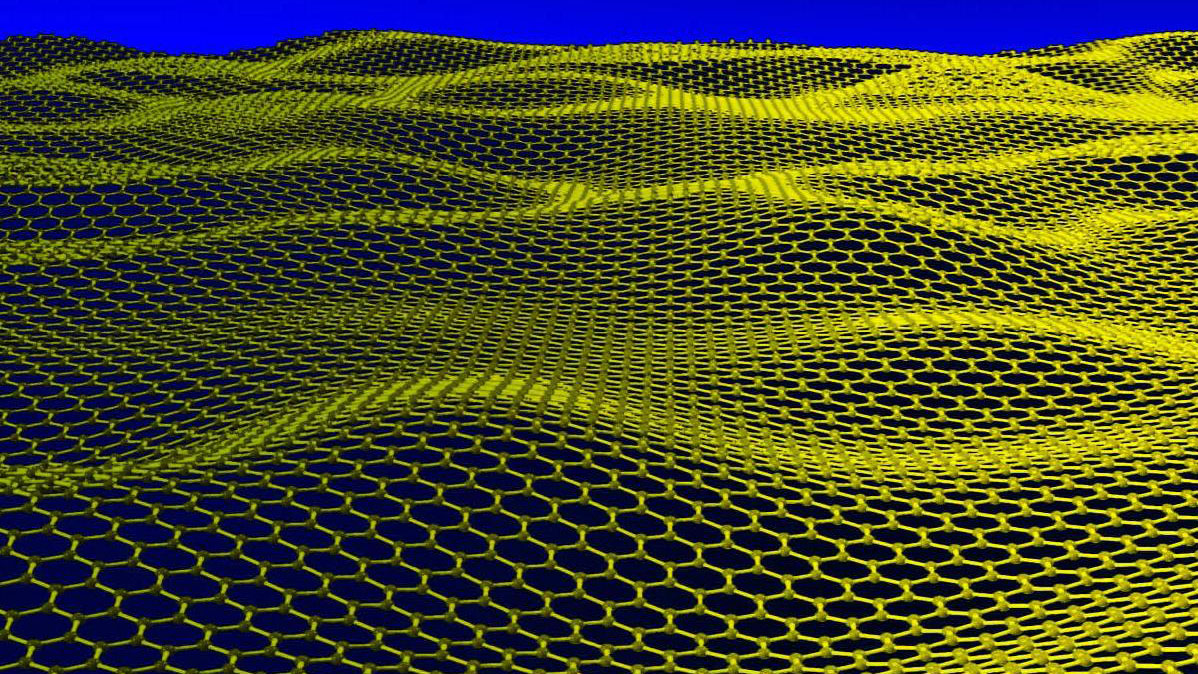The world's thinnest light bulb was just made using graphene
Yeah, science!

A team of researchers has made strides in the world of low-energy illumination by passing an electric current through a piece of graphene, creating the thinnest light bulb ever.
The team behind the nanoscopic lighting source is comprised of researchers from Columbia University, Seoul National University and Korea Research Institute of Standards and Science. The group told PhysOrg they placed the super-strong carbon allotrope known as graphene between a couple of electrodes and sent an electrical current through it, generating light.
Sounds kind of science-y, doesn't it? Trust me, it is, but the impact of the pursuit of low-energy technology could help humanity dodge an energy crisis by innovating efficient ways to keep the lights on.
In fact, the team said in Nature Nanotechnology that a piece of graphene thinner than a human hair when heated to extreme temperatures is able to create a light visible to naked eye. Sure, it's a first step, just as Edison using carbon filament to illuminate the first light bulb was, but graphene could revolutionize the tech industry for the better.
Graphene in tech
The future of graphene in our everyday lives is essentially limitless. The team behind this discovery says this experiment will help them innovate super strong and flexible optical drives and computer chips.
Graphene, which is 200 times stronger than steel, could also innovate flexible wearable displays as well as improved lithium batteries with over 10 times the life.
If any of that went over your head, don't worry, you're not alone. Fortunately, we have the privilege of sitting back and taking in these amazing discoveries as graphene helps researchers make long strides in the fields of energy and technology.
Get daily insight, inspiration and deals in your inbox
Sign up for breaking news, reviews, opinion, top tech deals, and more.
Via Gizmodo UK